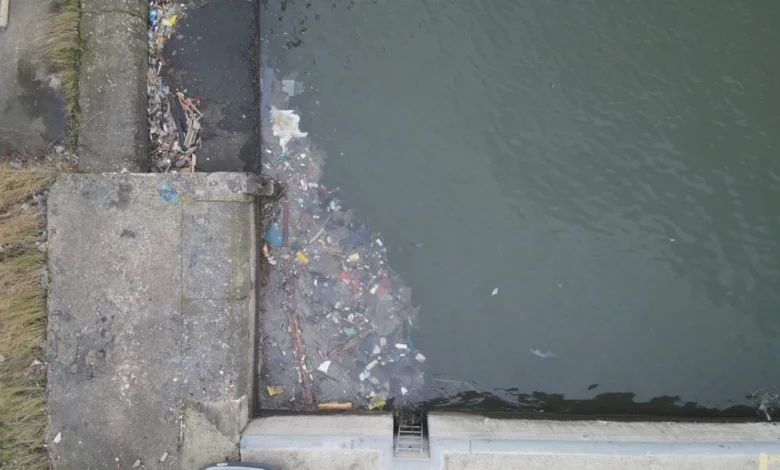Port of Antwerp deploys drones to detect floating debris ( Video )

Clean and safe port thanks to innovation and digitisation
Floating debris does not belong in the port of Antwerp. To detect and clean this up as quickly as possible, Port of Antwerp is deploying drones. It is just one of the innovative digital solutions that should make the port future-proof. Today, during her visit to the port, Minister Petra De Sutter got to see with her own eyes how solutions of this kind contribute to a clean and safe port.
Faster tracking and clean-up thanks to drones
Every year, about 50 tonnes of floating debris are collected from the docks in the port of Antwerp. This debris is made up of plastics, wood, cardboard, organic material and mooring lines. To reduce water pollution, impact on biodiversity and damage to ships, it is important to detect and clean up this waste as soon as possible. But since the total port area covers more than 120 km², many eyes are needed to screen this gigantic area. Thanks to the unique bird’s eye views they provide, drones can make a significant contribution to detect floating debris. This is why Port of Antwerp has developed a “machine vision” application that, based on drone images, automatically builds a map that indicates where floating debris is present. With the use of drones, which will soon be flying over the entire port several times a day, floating debris can then be located and cleaned up more quickly and efficiently.
According to Port of Antwerp, the use of drones will play an increasingly important role in the port of the future. The ambition is to develop a network of autonomous drones that can provide a ‘live feed’ of the various port activities and support the Harbour Safety & Security (HSS) unit and its security partners as much as possible. The types of tasks that can be performed include inspecting infrastructure, surveillance and monitoring, incident management, berth management and the detection of oil spills or floating debris.
To stream images from the drones in real-time, 5G will be used in the future. This is already happening in incident management, as was the case last year when the fire department was supported by a live stream of drone footage via the 5G network to deal with a fire in the port area. Thanks to a combination of colour and infrared images, the fire department gained a better idea of the location of the fires.
Port of the future
Today, Piet Opstaele, Port of Antwerp’s Innovation Enablement Manager, received Petra De Sutter, Deputy Prime Minister and Minister of Civil Service, Public Enterprises, Telecommunications and Postal Services in the port’s Nautical Operations Centre (NOC) and explained the use of drones and some other innovative digital applications in the port, such as the Echodrone, an autonomous sounding boat with unique technology.
Minister of Telecommunications Petra De Sutter: “I see a glimpse of the future here in the port of Antwerp. Drones that keep the port clean and safe. It is a good example of how digitalisation, a clean environment and the fight against climate change can go hand in hand. I am really looking forward to the further added value that 5G can offer in terms of ecological applications.
With the help of 5G, a drone can transmit very large amounts of data without any problem. This is not only good for the environment. Also for safety. The port is close to the city. If there is a fire, the thermal cameras can immediately help the fire brigade.”
Piet Opstaele: “A clean and safe port is an absolute priority for Port of Antwerp. The use of drones for floating debris detection is a fine example of how innovation and digitisation can contribute to this. We were able to show the minister today how innovative solutions will make the port future-proof.”
Annick De Ridder, Port Alderman: “The port of Antwerp is the engine of our economy. We need to keep that engine running as cleanly, safely and smoothly as possible. The use of drones will allow us to locate floating debris in the vastly expanded port area systematically, intelligently and efficiently from 2023. As such, thanks to innovation and digitisation, we can reduce water pollution, impact on biodiversity and damage to ships to a minimum.”onomy


















